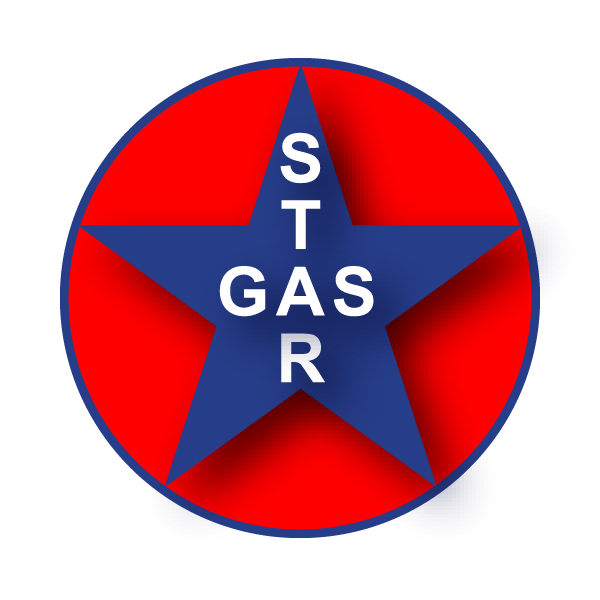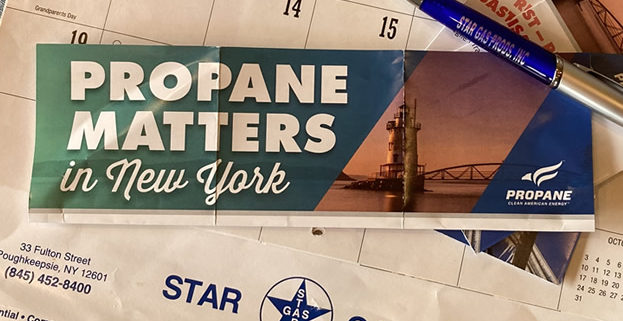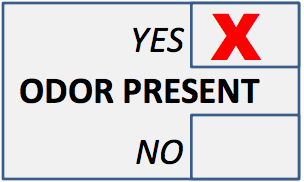The Minimum Gas Usage Fee—What Is It?
Learn what this LP gas fee is and why you might see it on your invoice.
As a propane customer, you may receive a charge on your account called a “minimum usage” or “minimum use” fee. A letter or phonecall may also come to your home to advise you of this charge. All propane companies apply this fee but call it different names.
So, What’s a Minimum Use Fee?
For most new accounts, Star Gas Products owns the propane tank (and regulators) and installs these at the customer’s home/office. With this in mind, we expect customers to use a minimum amount of propane gas each year. This fuel purchase equates to approximately a half your storage capacity. If a customer has more than one tank, the storage capacity of these tanks also factored in. If you do not know the storage capacity of your tanks, call the office and ask. Details on our minimum use fee is also listed in new customer materials as well as on propane service tickets.
This fee is applied when a customer has not received this minimum delivery in a calendar year. The minimum use fee helps ensure our tank and regulator are maintained as well as enables us to realize a fair minimum return on our investment of equipment at the customer’s home when minimal utilization conditions are not met. Minimum use fees are typically charged to accounts with infrequently used appliances like cooking ranges, fireplaces, and clothes dryers. Note that if you currently own your propane tank, you will not be charged a minimum use fee.
When the Fee is Applied—Your Propane Gas Account Review
Several times a year, Star Gas reviews all customer accounts to look at contact info, payment history, deliveries, inspections, etc. Most importantly, we also review how often a customer uses their gas. This is when the office assesses if a minimum use fee should be applied to a customer’s account.
How to Avoid the Minimum Use Fee—3 Ways to Save
- Ask if an immediate delivery will fulfill your yearly minimum—fill your tank now instead of waiting.
- Use more gas. It may be as simple as cooking more often on your stove. What a great excuse to try new recipes and cook more at home!
- Add a second propane appliance to your account. You can easily add or replace a furnace, space heater, hot water heater, pool heater, or stove to your gas system to help increase your gas usage without breaking your budget. Ask for a free estimate, using propane as a fuel may be more cost-effective than electric or oil.
Our experienced customer service reps and office managers are here to help you understand this fee and avoid it, if possible. Call our office, we’re here to help!














 POUGHKEEPSIE. NY–This past February 14th was more than just Valentine’s Day for family and employees of Star Gas Products Inc. It was a celebration that marked the second year anniversary of Maribeth S. Muellerleile (granddaughter, daughter, and niece of the owners) returning home after being hospitalized due to an exacerbation of multiple Sclerosis.
POUGHKEEPSIE. NY–This past February 14th was more than just Valentine’s Day for family and employees of Star Gas Products Inc. It was a celebration that marked the second year anniversary of Maribeth S. Muellerleile (granddaughter, daughter, and niece of the owners) returning home after being hospitalized due to an exacerbation of multiple Sclerosis.